Mixing and mastering are super delicate processes that require a fine ear to do properly. For a professional producer or an aspiring bedroom musician, the tools are everything. Of all this equipment, the top studio headphones for mixing and mastering have the potential to make or break your project.
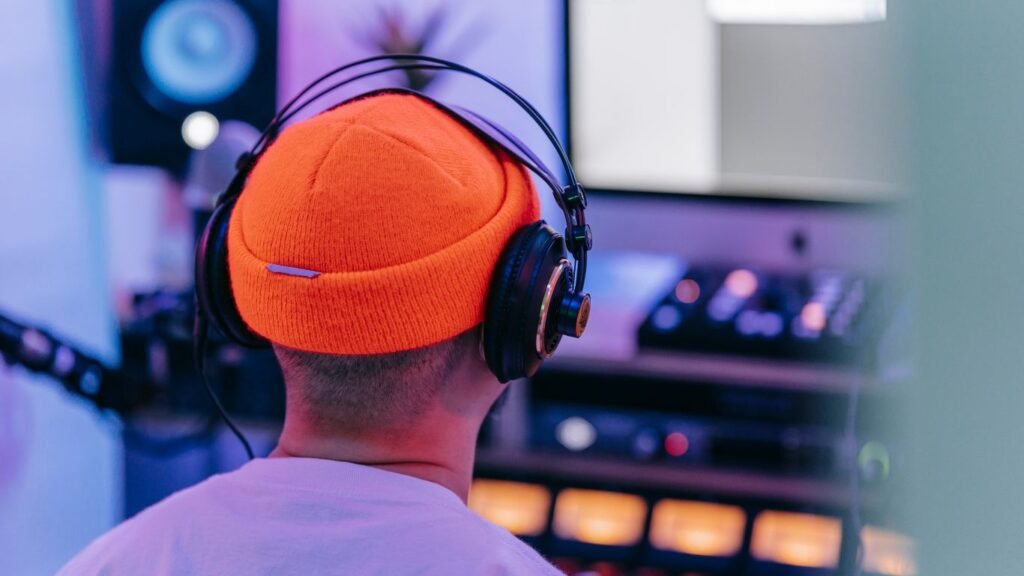
This guide covers the reasons why some headphones are great for gaming and movies, in addition to what and where you should be looking to find which stands out in 2024.
What Makes Headphones Ideal for Mixing and Mastering
Other than studio monitors, headphones are another piece of equipment used for mixing and mastering because they can work almost anywhere. You should be able to capture even the finest nuances, from minute reverb tails to crisp transients.
Here’s why so many producers love them:
- Portability and Comfort: Headphones are ideal for the “mix anywhere” way of working, such as in a café while traveling. One advantage of having a mobile setup is that you don’t need an acoustically treated room.
- Room Acoustics Limitations: A room with bad acoustics can hugely modify how you hear sound through your monitors. Headphones solve this by sending the sound directly to your ears, unaffected by poor room treatment.
- Detail: Headphones help you hear sounds that are hard to notice in a room because of echoes or sound waves bouncing around.
The Mixing & Mastering Headphones Buyer’s Guide
The best headphones for mixing and mastering provide the perfect blend of comfort, accuracy, and durability.
These are the essential elements you should look for:
- Accurate Sound Quality and Flattest Frequency Response: For mixing and mastering, accuracy is very important. You should choose headphones that play sound exactly as it is, without making some sounds louder than others. A flat frequency response is needed so no sounds are boosted or reduced.
- Comfort for Long Sessions: If you’re going to be a recording mixing engineer, the sessions can go on for hours, so it’s not a good idea when your equipment becomes physically painful after 1 hour of use. Consider headphones with comfortable ear pads and an adjustable headband for balanced weight distribution. Pay attention to the material used in ear pads — leather will make you warmer, while fabric (if any) is more breathable.
- Open-back vs. Closed-back Headphones:
- If space is not an issue in your setup, consider open-back headphones that allow air and sound to pass through the back of their ear cups. These are very good for mixing as you get a more accurate stereo image and depth.
- Closed-back headphones silence other people’s voices and much outside noise, so they’re good for outdoor use. However, they may occasionally color the sound a little.
- Durability and Build Quality: Choosing durable headphones is a smart idea if you plan to use them a lot. Look for strong materials, removable cables, and replaceable ear pads. Brands like Beyerdynamic and Sennheiser are known for high-quality construction.
- Impedance and Power Specifications: The impedance of headphones affects how much power they need to work well. High-impedance headphones (over 250 Ohms) may need a separate headphone amplifier; otherwise, they might sound too quiet. Low-impedance headphones can be used with regular devices like audio interfaces or portable media players easily.
5 Best Headphones for Mixing and Mastering
1. Sennheiser HD 650 Open Back Professional Headphone – $399.95
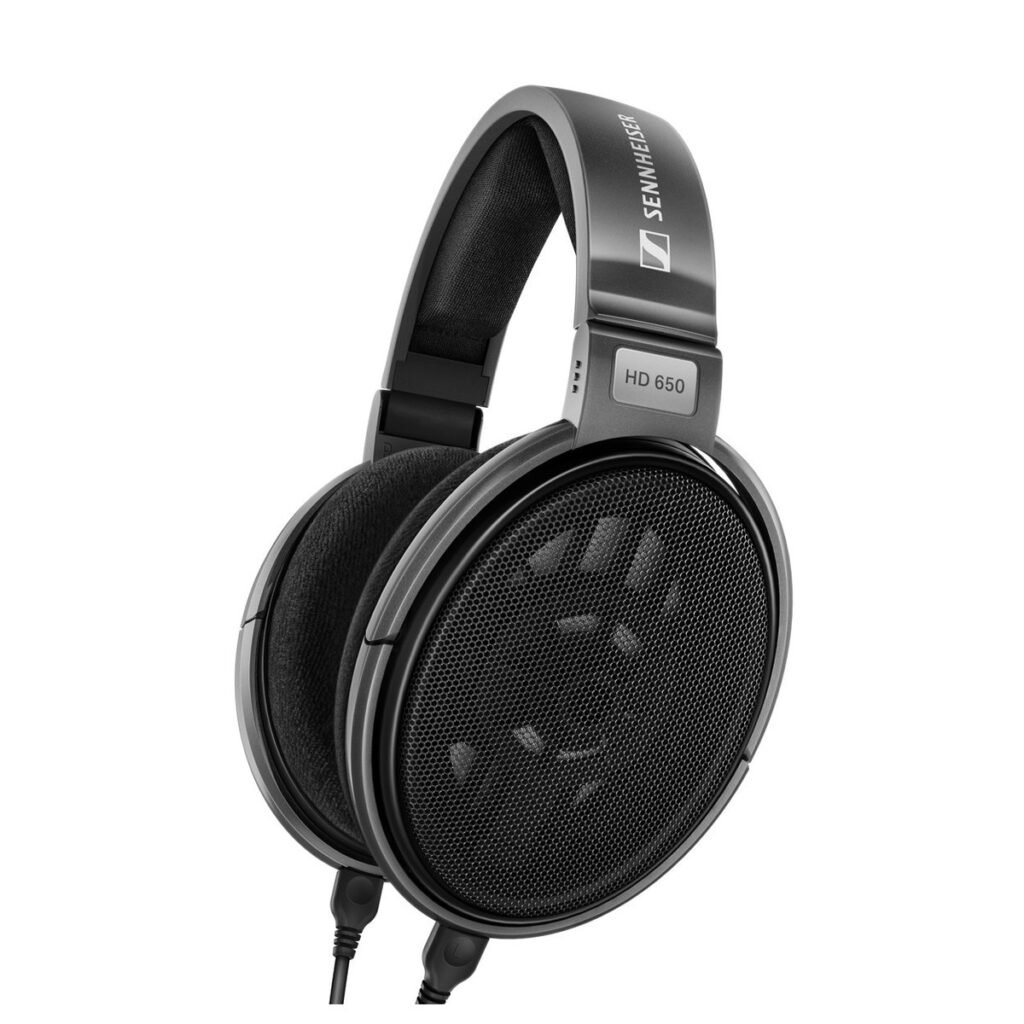
The open-back design offers a wide, natural sound with authentic mids and highs, along with strong but balanced bass. Excellent fine detail retrieval, ideal for critical listening sessions.
Pros:
- Comfortable over long durations
- Impeccable mid and high-frequency performance
- Fairly natural and balanced bass
Cons:
- May create high levels of distortion with some low-power source units, even when paired with a good headphone amplifier
2. Beyerdynamic DT 1990 Pro – $449.99
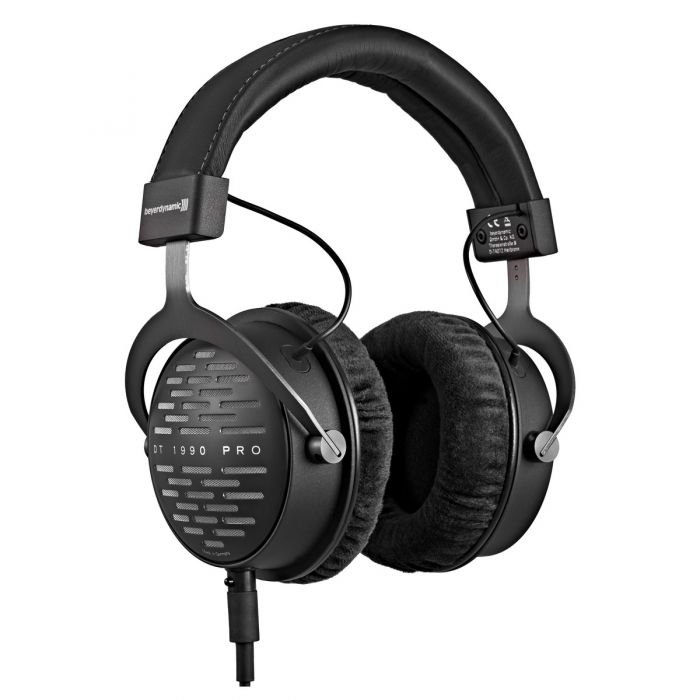
A top pick for audiophiles, providing impeccably detailed and precise sound. The open-back design offers a greater soundstage, simplifying spatial effect mixing. Built to last with replaceable parts.
Pros:
- Wide soundstage
- Separable components for long-lasting use
- Durable build quality
Cons:
- Slightly heavy, especially for long sessions
- More expensive compared to other models
3. Audio-Technica ATH-R70x – $343.78
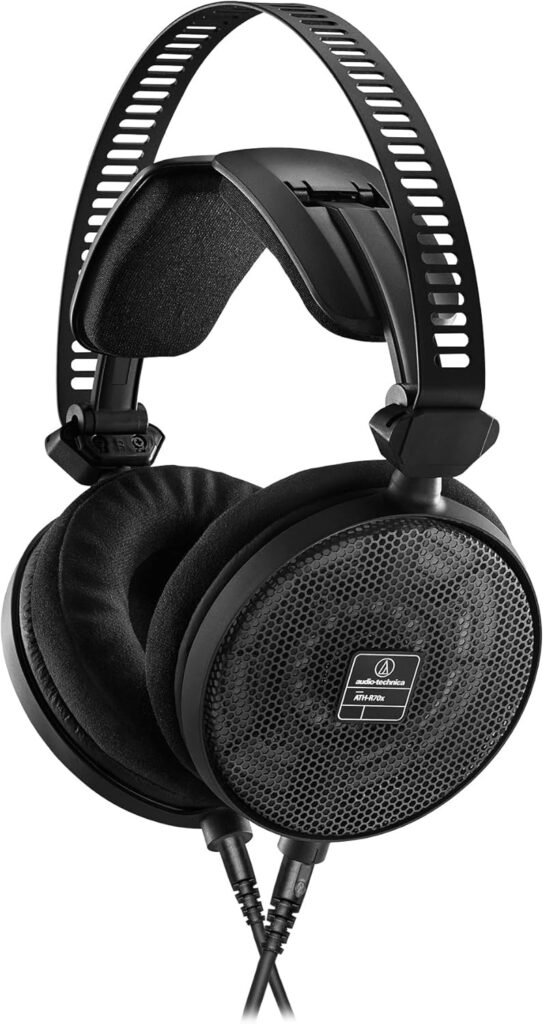
Ideal for neutral audio delivery, with a flat and accurate sound signature. Great for critical mixing and mastering decisions. Light build for comfort.
Pros:
- Lightweight and comfortable
- Accurate, neutral flat sound
Cons:
- Requires an amp for louder listening, especially for critical work
4. AKG K701 – $200
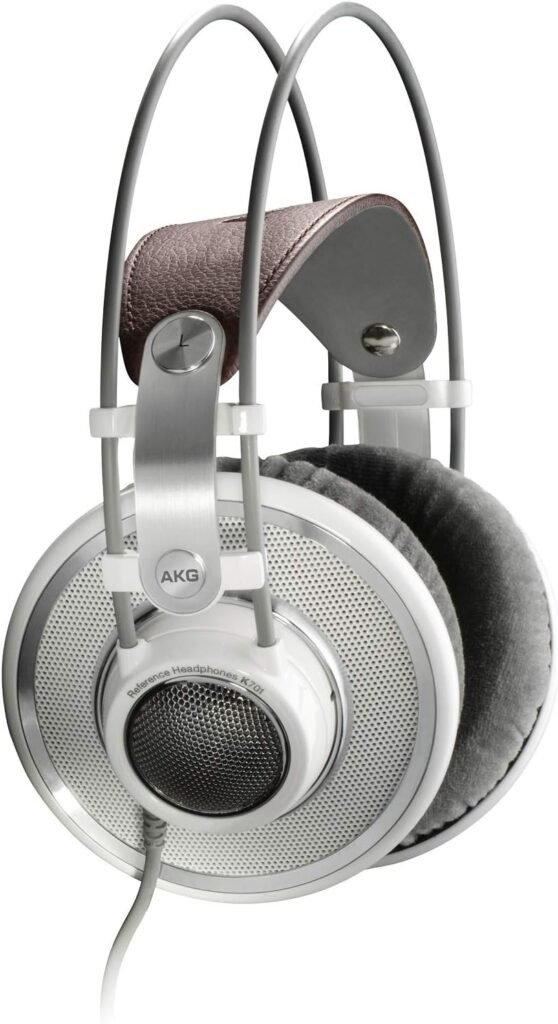
Famed for strong stereo imaging, great for creating depth in mixes. Translates mixed and uncolored sound well, but may lack low-end response.
Pros:
- Ultra-wide stereo field
- Comfortable for longer sessions
Cons:
- Bass response may not be deep enough
- Less suitable for bass-heavy music genres
5. Sony MDR-7506 – $99.99
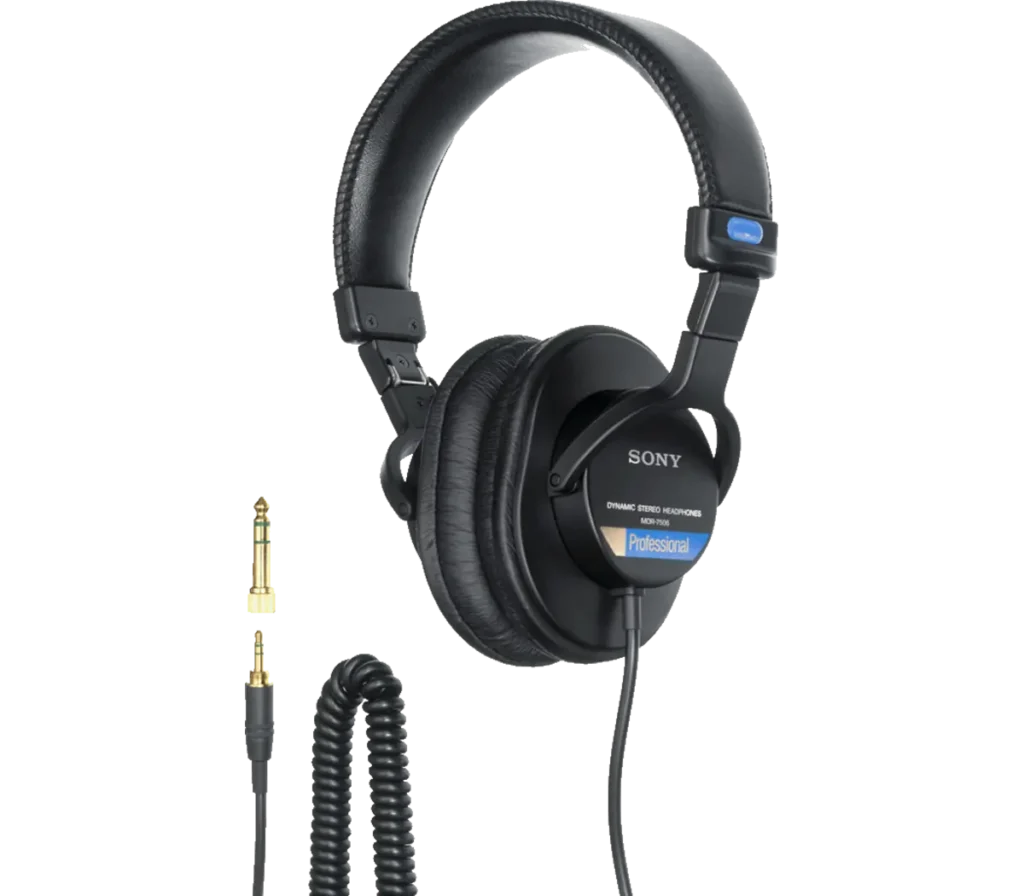
A closed-back studio workhorse with a well-established history. Known for sparkling midrange and treble, excellent for vocal mixing and high-frequency work.
Pros:
- Low cost
- Excellent detail resolution for midrange and treble work
Cons:
- High treble can be fatiguing
- Lacks bass depth compared to open-back options (more V-shaped sound signature)
Budget-Friendly Options
Hi-fi headphones can be expensive, but decent-quality options are available on a budget. For a fraction of the price, you can get something like an AKG K240 which costs only $89, or Beyerdynamic DT 770 Pro which also costs only $169.99 and they both perform extremely well.
Headphone Mixing: A Guide to Optimizing Your Setup
Using Headphone Amplifiers: Many high-impedance headphones (80 ohms and up) need more power than a standard laptop or audio interface can output. A dedicated headphone amplifier will allow you to extract every bit of detail and frequency response from your headphones.
Software for Room Simulation: Mixing with headphones may feel “in your head” due to the absence of room reflections. Use software tools like Sonarworks Reference 4 to simulate a flat-treated room, letting you hear your mix in the best possible light.
Conclusion
There is no one-size-fits-all solution when choosing headphones for mixing and mastering. It comes down to personal preference, workflow, and budget.
Still, headphones such as the Sennheiser HD 650 or Beyerdynamic DT 1990 Pro are industry standards for a reason. Remember, the key is to choose headphones that offer accurate sound reproduction, comfort for long sessions, and durability.
If you enjoyed reading his article make sure you check out Top 10 Best Live Sound Vocal Microphones.
FAQs
Can I use regular headphones for mixing and mastering?
Regular headphones tend to color the sound, especially in the bass and treble areas. It’s best to use studio headphones that provide a flat response for your most accurate work.
Is mixing using open-back headphones better?
Open-back headphones often provide a more organic soundstage, which is why they are preferable for mixing.
Do I need a headphone amplifier to mix?
A headphone amplifier will make a big difference if you are using high-impedance headphones.
Is it possible to mix and master on headphones only?
Headphones are great for hearing little nuances, but you should always check your mix through studio monitors or speakers for balance.
When should I replace headphone ear pads?
Ear pads typically need replacing every 1-2 years, depending on usage, to maintain comfort and good sound quality.


